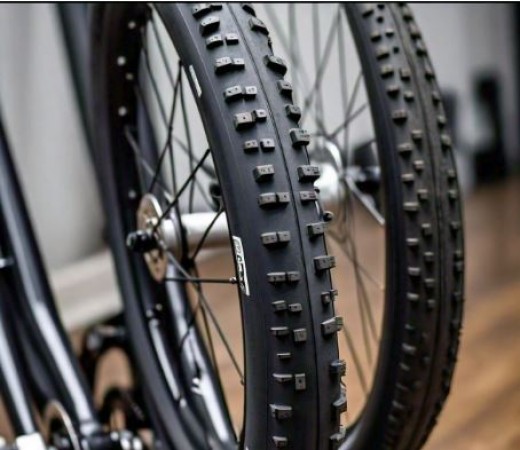
In recent years, tubeless tires have become the norm in the automotive industry, replacing traditional tires with tubes. But what makes tubeless tires so special? Let's explore the differences between tubeless and normal tires.
Tubeless Tires
Tubeless tires are designed without an inner tube, and air is filled directly into the tire. This design reduces the risk of punctures and allows for slower air leakage in case of a puncture. Tubeless tires also have lower friction, which improves fuel efficiency and provides better mileage. Additionally, they are lighter in weight, which enhances the vehicle's performance. These tires can also self-seal small punctures and maintain air pressure, ensuring a smooth ride.
Disadvantages of Tubeless Tires
While tubeless tires offer several advantages, they are more expensive than traditional tires. Repairing a puncture in a tubeless tire can be challenging and requires special tools. Moreover, tubeless tires require a specific rim design, making them incompatible with older vehicles.
Normal Tires
Normal tires, on the other hand, are more affordable and easier to repair. They can be fitted onto any rim and are compatible with older vehicles. However, they are more prone to punctures, and air leakage is faster in case of a puncture. Normal tires also have a higher weight due to the inner tube, which affects the vehicle's performance. While tubeless tires offer better performance, fuel efficiency, and safety, they come at a higher cost. Normal tires, though more affordable, have their limitations. Ultimately, tubeless tires are considered the better option for vehicles, providing improved performance and mileage."
Shah Rukh Khan to Receive Career Achievement Award at Locarno Film Festival
The Most Expensive Weddings in Indian History: Where Money Flowed Like Water